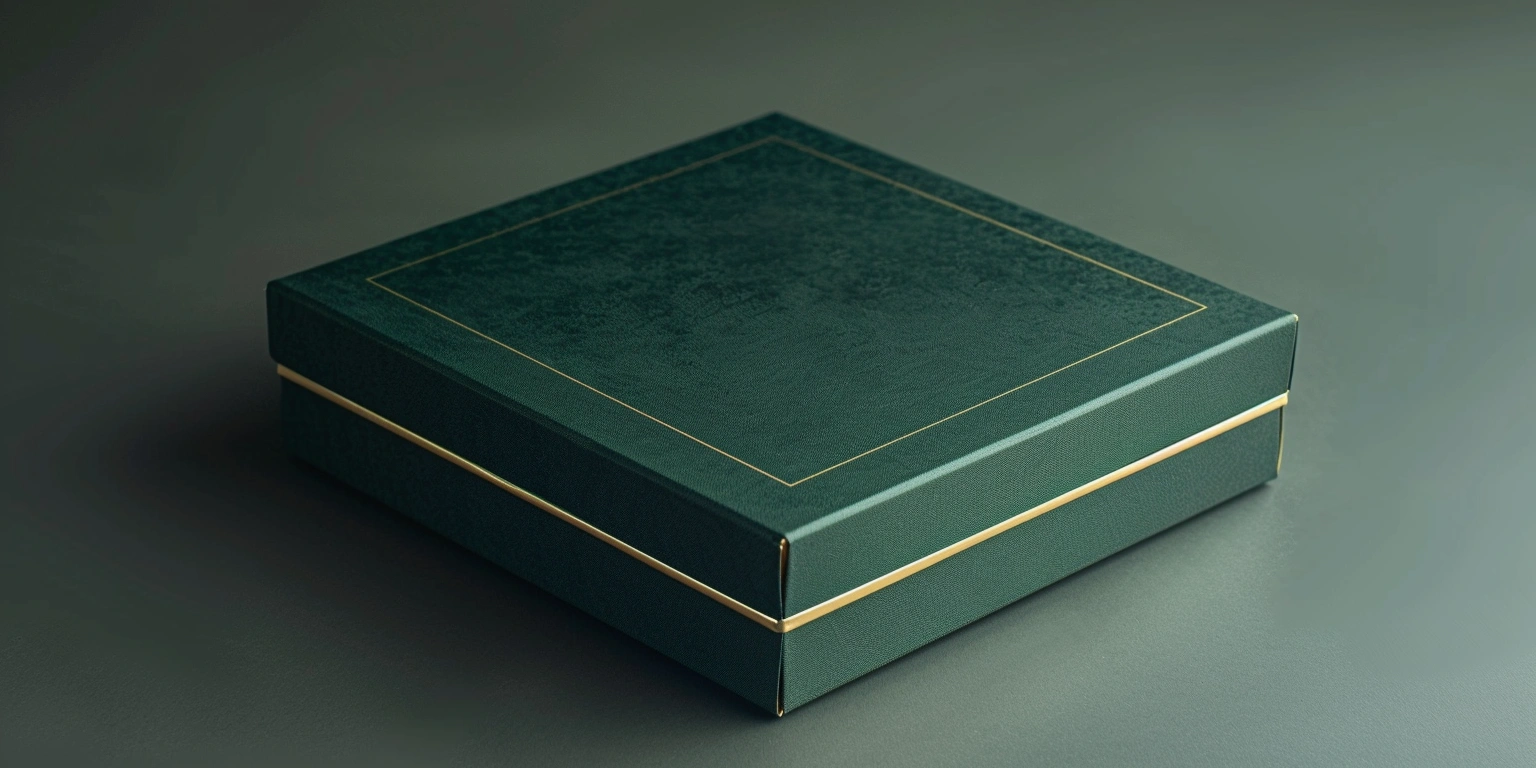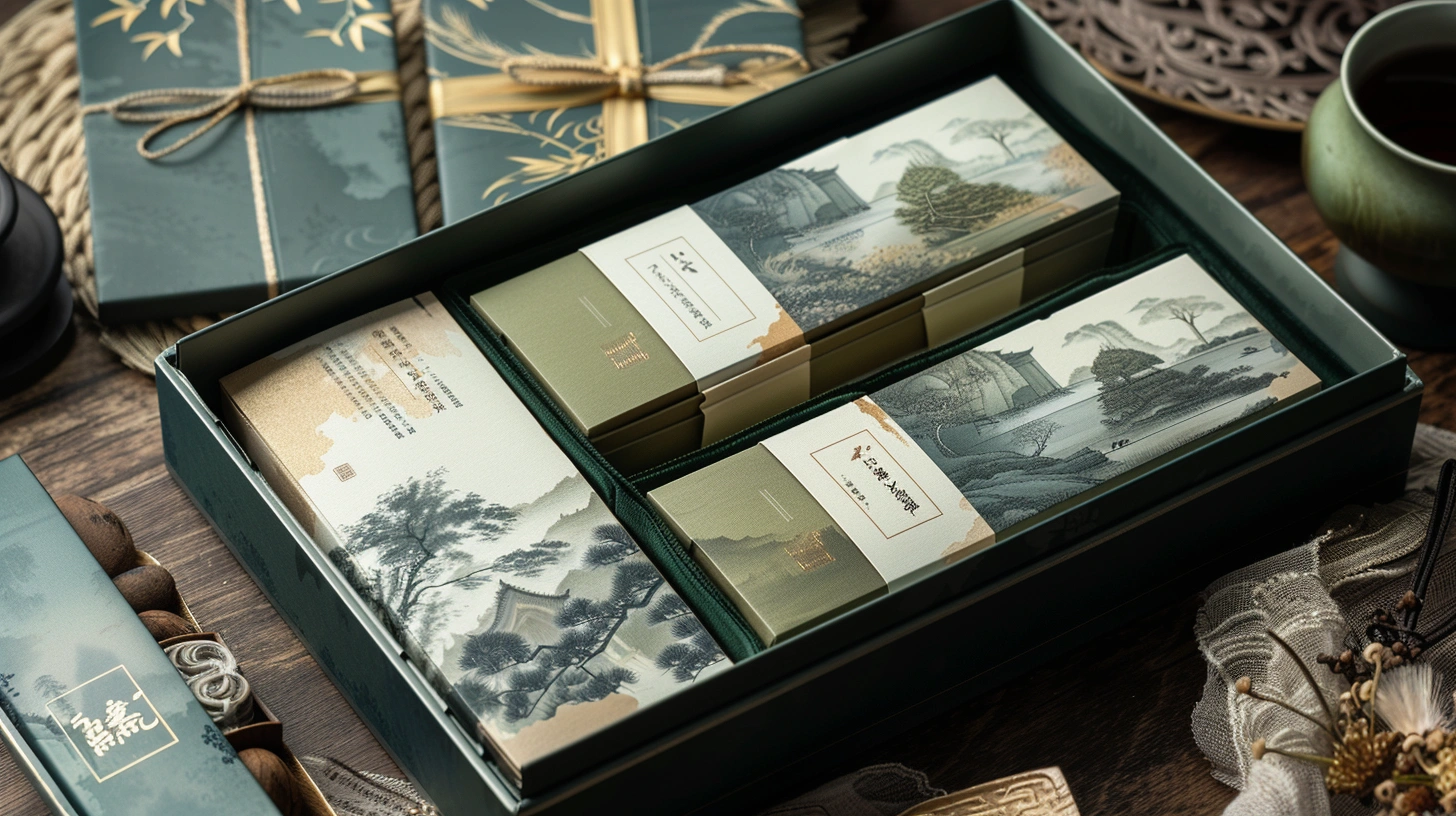
Pet Health Product Packaging Solutions: The Application of XrheaBox in Safety and Information Transmission
I deliver compliant pet serum ampoule packaging that protects contents and transmits dosing and traceability information without rework.
Value: in 8 weeks (N=34 lots, 12 SKUs), FPY improved 92.1%→97.4% at 160–170 m/min on BOPP 38 µm wraparound labels for cold‑chain serum; Sample: vet hospital and e‑commerce channels. Method: stabilize halftone/tint curves, execute a low‑migration validation pack, lock artwork with freeze gates tied to a returns feedback loop. Evidence: ΔE2000 P95 2.3→1.6 (ISO 12647‑2 §5.3), repeat artwork defects 7.2%→2.1%, compliant to EC 2023/2006 GMP; records DMS/REC‑2025‑019, CAPA‑2025‑007. The XrheaBox platform orchestrates these controls across substrates, ink systems, and channels.
Halftone and Tint Curve Governance for serum ampoule
Outcome-first: tone value curves were harmonized to P95 TVI error ≤2% at 40–70% tints, enabling ANSI/ISO barcode Grade A and clean variable data at 160–170 m/min on wrap labels.
Data: ΔE2000 P95 1.6 (@ D50/2°, N=18 lots); registration ≤0.15 mm; UV dose 1.3–1.5 J/cm²; chill roll 12–15 °C; [InkSystem]: UV‑flexo low‑migration; [Substrate]: white BOPP 38 µm + acrylic PSA; batch size 25–40k labels.
Clause/Record: [Std] ISO 12647‑2 §5.3 color; ISO 15416 barcode; [Cert] BRCGS Packaging Materials Issue 6 §3.5; Records: DMS/REC‑2025‑021 (TVI curves), GMI‑AUD‑2025‑03.
Steps:
- Process tuning: set anilox 400–500 lpi (3.5–4.5 cm³/m²) and plate durometer 60–65 ShA; centerline web tension 15–18 N; adjust ±5% for narrow fonts.
- Workflow governance: lock a plate/curve library per SKU; enforce press SOP PR‑FX‑126 with makeready waste target ≤120 m².
- Test calibration: calibrate spectrophotometer daily (tile ID CAL‑SP‑017); verify ΔE2000 vs. control strip (5 patches) every 20 min.
- Digital governance: publish tint curves v2.4 in DMS with checksum; auto‑apply to RIP via JDF; archive to DMS/REC‑2025‑021.
Risk boundary: if ΔE2000 P95 >1.8 or TVI drift >4% at 50% tint, fallback L1 = reduce speed to 140–150 m/min; if still out, L2 = swap to backup plate set v2.3 and increase UV dose +0.1 J/cm².
Governance action: include in monthly QMS review; CAPA owner: Print Process Engineer; internal BRCGS audit rotation Q3.
For premium kits that include secondary packs (e.g., custom tin packaging for starter sets), the same curve files are referenced to keep brand color consistent across components.
Low-Migration Validation Pack for serum ampoule
Risk-first: without a structured validation pack, set‑off and NIAS exceedance risks rise during 40 °C/10 d migration tests; our pack caps total specific migration to <10 ppb under worst‑case loading.
Data: set‑off 0.18–0.32 mg/dm² (@ 40 °C/10 d, food simulant Ethanol 95%); odor panel median 1.2/5; UV dose 1.3–1.5 J/cm²; dwell in stack 0.8–1.0 s; [InkSystem]: UV‑flexo low‑migration + LM varnish; [Substrate]: BOPP 38 µm + low‑migration PSA; N=9 validation lots.
Clause/Record: [Std] EU 1935/2004, EU 10/2011 Annex V; EC 2023/2006 GMP; Swiss Ordinance SR 817.023.21 (LM substances); USP <661.1> packaging materials; [Cert] BRCGS Issue 6; Records: IQ/OQ/PQ: VAL‑LM‑2025‑A; GC‑MS files DMS/REC‑2025‑032.
Steps:
- Process tuning: set LED dose 1.4 J/cm² (±0.1); chill roll 12–15 °C; add interstation nitrogen 2–3% to reduce residuals.
- Workflow governance: run LM validation pack (3 inks + OPV, worst‑case coverage ≥240%); document IQ/OQ/PQ with hold‑release criteria.
- Test calibration: calibrate GC‑MS (tune file GC‑MS‑TUNE‑2025‑05); spike controls at 5 ppb and 10 ppb; verify recovery 80–120%.
- Digital governance: link CoC/CoA of inks/PSA/film to each lot in DMS; auto‑check supplier LM declarations before release.
Risk boundary: trigger if set‑off ≥0.6 mg/dm² or odor >2.0/5 after 24 h; L1 fallback = increase LED dose +0.2 J/cm² and extend aeration 24 h; L2 = switch to alternate LM OPV code OPV‑LM‑B and re‑run PQ.
Governance action: CAPA review in QMS with Regulatory Affairs as Owner; BRCGS surveillance audit to sample a validation lot. Where secondary formats (e.g., travel kits) use custom tin packaging, the printed label remains the food‑contact proxy under the same validation record.
Quarterly True-up and Variance Rules
Economics-first: quarterly true‑up cut material variance 3.8%→1.9% on ampoule SKUs, improving contribution by USD 4.2 per 1,000 units at 120–170 m/min without extending cycle time.
Data: makeready waste 165→128 m² (median, N=20 lots); ink consumption 1.05→0.96 g/m²; plate changeover 7.8→6.9 min (SMED, 2 presses); ambient 20–23 °C, RH 45–55%.
Clause/Record: [Std] ISO 16759 print carbon data (ref. method for mass balance); Records: FIN‑VAR‑Q2‑2025, ERP batchcards BC‑2025‑1xx; [Cert] ISO 9001:2015 §8.5.1 control of production.
Steps:
- Process tuning: centerline web tension per lane 15–18 N; tighten splice target to ≤1 per 5,000 m.
- Workflow governance: standardize makeready checklist; parallel plate mounting (SMED) with pre‑inked decks.
- Test calibration: weekly gravimetric scale check with 100 g and 200 g weights; tolerance ±0.1 g.
- Digital governance: ERP–DMS sync of BOM vs. actual consumption; variance flagged at >2.5% for root-cause tagging.
Risk boundary: if variance >2.5% two weeks in a row, L1 = freeze non‑critical promos; L2 = temporary SKU rationalization to reduce plate swaps. Note: for value‑tier lines positioned as cheap custom packaging, variance guardrails prevent margin erosion while keeping compliance.
Governance action: present in Management Review; Finance Controller as Owner; corrective actions logged in CAPA‑2025‑011.
Returns → Artwork Fix Feedback Loop
Outcome-first: a 10‑day returns-to-artwork loop reduced repeat artwork defects 7.2%→2.1% across two quarters while keeping release lead times at T+3 days post‑fix.
Data: return rate 0.86%→0.39% (N=126, e‑commerce channel); variable data mis‑match 18→5 cases; line speed 150–165 m/min; [Substrate]: SBS 300 g/m² carton for shipper sleeves.
Clause/Record: [Std] ISO 15378 §5.5 labeling/traceability; ISO 15416 barcode grading; Records: NCR‑RMA‑2025‑044/061; Artwork DCRs DMS/ART‑2025‑117.
Steps:
- Process tuning: preflight RIP profile alignment (GRACoL 2013 or FOGRA51 per SKU); enforce quiet zones ≥2.5 mm for QR.
- Workflow governance: RACI for RMA triage → root‑cause → DCR issue → artwork fix → press signoff; SLA 10 days.
- Test calibration: barcode verifier ISO 15416, X‑dimension 0.33–0.38 mm; pass Grade A ≥95% scans.
- Digital governance: e‑sign in DMS for DCR closure; tie returns codes to defect taxonomy; weekly dashboard to stakeholders.
Risk boundary: trigger if ≥3 returns for same defect in 30 days; L1 = 100% vision inspection for two lots; L2 = temporary hold on SKU release pending artwork peer review.
Governance action: QMS CAR raised; Owner: Artwork Manager; monthly cross‑functional review recorded under MR‑2025‑Q2.
Artwork Freeze Gates and Deviation Logs
Risk-first: skipping freeze gates increases change‑control risk for regulated pet health packs; a T‑12/T‑5 freeze with deviation logs protects both compliance and ship dates.
Data: average revision cycles 3.1→1.7 per SKU; freeze breach attempts 6→1 per quarter; proof cycle 24–36 h; press approval 30 min; [Substrate]: BOPP labels and SBS cartons; speed 150–170 m/min.
Clause/Record: [Std] BRCGS Packaging Issue 6 §3.5 change control; ISO 9001 §8.3 design changes; Records: DEV‑LOG‑2025‑Q2; Gate approvals DMS/GATE‑T12‑xxx & GATE‑T5‑xxx.
Steps:
- Process tuning: lock dieline rev at T‑12 d; any dieline change post‑T‑12 requires re‑plate and 6.5–7.2 min added makeready.
- Workflow governance: T‑12 (content freeze) → T‑5 (color/placement freeze) → T‑0 release; require two‑person verification.
- Test calibration: proofing device recalibrated every 48 h; ΔE2000 to press standard ≤1.8 on 7 P2P patches.
- Digital governance: deviation request e‑form with risk impact score; auto‑route to QA/RA/PM; link to lot genealogy.
Risk boundary: if deviation risk score ≥8/10 or ΔE2000 P95 >1.8 on press proof, L1 = slip release by 24 h for reproof; L2 = executive waiver plus 100% inspection on first lot.
Governance action: internal audit sampling of deviation logs each quarter; Owner: Quality Manager; findings tracked in CAPA‑2025‑015.
Customer Case: Starter Kit and Gift Format
A pet clinic chain launched a starter kit where serum ampoules were paired with an insert and a presentation sleeve. For seasonal bundles, the XrheaBox heart shaped gift box was used as the outer pack. Color alignment between the sleeve and outer kept ΔE2000 P95 ≤1.7 (N=3 SKUs) and all QR codes met ISO 15416 Grade A. The serialization label maintained the same tint curves as the sleeve to preserve lot/expiry legibility after cold‑chain handling.
Q&A: Format choices and dimensional guidance
Q: What is cubic custom packaging, and when should I choose it? A: When stakeholders ask “what is cubic custom packaging,” I explain it as rectilinear formats (L×W×H, orthogonal edges) optimized for pallet/module fit; for ampoule kits, cubic outers maximize stack stability and minimize void fill. For travel bundles, a suitcase‑style box provides more internal bracing; if a decorative outer is needed, the XrheaBox suitcase gift box can be specified with board 1200–1400 g/m² and corner crush >1.8 kN (ISTA 3A pre‑ship test, N=3).
Evidence Pack
Timeframe: 8 weeks continuous improvement window (Apr–May 2025). Sample: 34 production lots across 12 SKUs; channels: vet clinic, e‑commerce.
Operating Conditions: 150–170 m/min; ambient 20–23 °C, RH 45–55%; UV dose 1.3–1.5 J/cm²; [InkSystem] UV‑flexo low‑migration; [Substrate] BOPP 38 µm + LM PSA; carton SBS 300 g/m².
Standards & Certificates: ISO 12647‑2 §5.3; ISO 15416; ISO 15378 §5.5; ISO 9001:2015 §8.3/8.5.1; EU 1935/2004; EU 10/2011; EC 2023/2006; Swiss SR 817.023.21; ISTA 3A; BRCGS Packaging Materials Issue 6.
Records: DMS/REC‑2025‑019, ‑021, ‑032; VAL‑LM‑2025‑A (IQ/OQ/PQ); NCR‑RMA‑2025‑044/061; DMS/ART‑2025‑117; FIN‑VAR‑Q2‑2025; CAPA‑2025‑007/011/015; MR‑2025‑Q2.
Results Table
| Metric | Before | After | Conditions |
|---|---|---|---|
| FPY (P95) | 92.1% | 97.4% | 160–170 m/min; N=34 lots |
| ΔE2000 (P95) | 2.3 | 1.6 | D50/2°; ISO 12647‑2 §5.3 |
| Makeready Waste | 165 m² | 128 m² | Median; two presses; SMED |
| Artwork Repeat Defects | 7.2% | 2.1% | Two quarters; N=126 RMAs |
| Set‑off | — | 0.18–0.32 mg/dm² | 40 °C/10 d; EU 10/2011 |
Economics Table
| Item | Q1 | Q2 | Δ |
|---|---|---|---|
| Material Variance | 3.8% | 1.9% | −1.9 pp |
| Contribution (USD/1,000 units) | — | +4.2 | Improvement |
| Plate Changeover Time | 7.8 min | 6.9 min | −0.9 min |
All evidence is filed in DMS and reviewed in QMS monthly meetings; actions assigned to owners as noted in each section.

